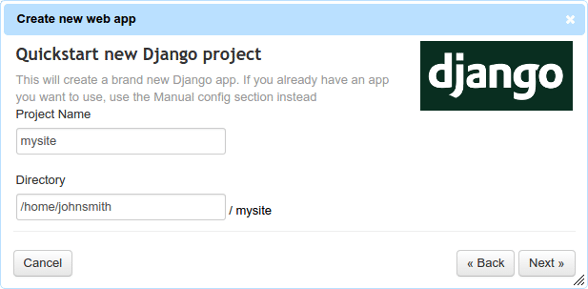Django is a wonderful framework to work with. It provides users with a series of simplified commands and a wealth of other features ready for use. If you are developing a web application using Python, Django is definitely a framework you need to look into. Even better, Django is also very easy to run and host. In this part, we are going to take a closer look at some of the best Django hosting tips for beginners.
The Use of Memcache
On its own, Django and Python are already designed to bring out the best performance. However, there are ways to optimize the overall performance of your Django web application even further. Memcache is certainly one of them.
With a good server configured to support Memcache – and enough RAM and Swap to support it – Django will run incredibly smoothly even under heavy load. I’ve tested a number of caching setups and configurations so far, and Memcache provides the best performance for Django.
Memcache is also much easier to manage compared to static disk-based caching. You don’t need to set up complicated routines to have the cache updated and maintained properly. It will be much easier on the server altogether.

A Separate Server for Static Files
One of the keys to running a very smooth and well-performing Django web application is getting the server set up for Django specifically. A lot of hosting services allow you to configure almost every part of the server or cloud cluster to your liking. However, you can actually squeeze more performance by separating static and media files from the main Django website.
Amazon offers this through the company’s line of cloud services. You can run the Django website on one server instance and have a more passive cloud storage instance host all of your media and static files. The same setup can be achieved using most – if not all – other hosting services on the market too.
Configure Testing & Live Instances Using Relative Paths
One of the biggest mistakes many Django developers still make is using absolute path to define resources. Although this is a good way of reducing possible errors and bugs during the early stages of developing a Django site, it is not always the most efficient way to go in the long run.
Instead of using absolute paths, use relative paths and set up the server to work with them properly. There are a number of benefits this approach will bring you:
- You can move from testing environment to a live server without having to manually edit your web application
- Properly set up relative paths are often more efficient when it comes to file and resource management
- You can move servers without having to set up everything from scratch.
Use Free Django Hosting for Testing
There are a lot of service providers offering free hosting for your Django web applications. These Django hosting plans are available for free either as a trial or as a fully featured service you can use indefinitely. Yes, you can actually test – and even run – a working Django website without spending a dime.
If you need a development server, PythonAnywhere is a good place to start. The service allows you to run Python code – including those built on the Django framework – in the cloud without the usual hefty costs of setting up a testing server. You have a limited set of server resources to use, but the cloud environment is very reliable for testing and basic deployment.
Amazon AWS also has a Free Tier service you can use for free. It is designed more for those who want to learn about the Amazon AWS and EC2 and prepare you before you decide to buy into the company’s services further, but these free offerings are great for running Django websites nonetheless. You can use the Free Tier from Amazon for both testing and live deployment as well.
My personal favorite is Heroku. The service provider has shifted into high gear after a lot of developers started using its services. The company offers very reliable cloud clusters and amazing performance rating in general. There is even a section on Heroku’s website that talks about how to set up a Django instance from start to finish.
Use Git
This last tip works with almost every framework on the market, but it is especially useful if you are developing a Django site or app. Use Git! Many server infrastructures and Django hosting services support Git natively, which means you can set up a truly seamless development environment both locally and in the cloud.
With the ecosystem set up, you can develop a working app from start to finish without having to worry about manual uploads, synchronization and other mundane tasks that would normally prevent you from focusing on the things that matter: creating a useful app and web for your customers.







